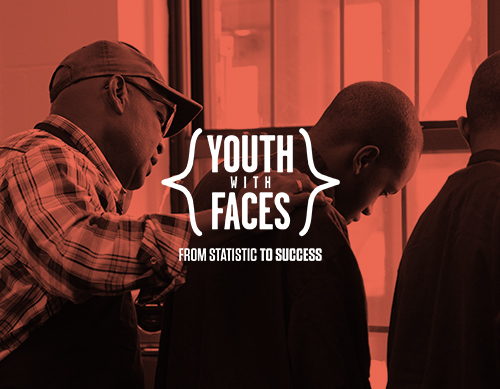The Need

The poor choices of youth can create dire consequences – or opportunities to learn from mistakes. Unfortunately, youth in the juvenile justice system usually lack the support or skills to do so.
Too often, these young men and women face more than one sentence. They become faceless statistics – society’s invisible kids whose potential is forgotten. Without education, job skills or support, most of these young men and women will offend again, creating a vicious cycle of poverty, crime and incarceration. We believe they deserve better and have seen first-hand that they have far more to contribute.
The Youth Behind The Statistics
- 6,000+ youth are referred to the Dallas County Juvenile Department annually.
- Most youth in custody are not serious offenders. About 80% are charged with non-violent offenses such as truancy, low-level property crimes or drug possession.
- Poverty is the largest common denominator for incarcerated youth.
- 70% of youth were living with one or no parent at the time they entered custody.
- 70% of youth in custody reported that they had “had something very bad or terrifying” happen to them in their lives. 67% reported having seen someone severely injured or killed.
The Cost to the Community
- It costs $200 – $300 per day to confine youth in juvenile detention.
- More than half of juvenile offenders in Texas return to the criminal justice system after release within three years.
- 88% of juvenile offenders will not graduate from high school or receive a GED.
- Formerly incarcerated youth have diminished income potential compared to their non-incarcerated peers.
Sources include: U.S. Department of Justice, The Annie E. Casey Foundation, Child Trends Data Bank, Youth Transition Funders Group.

